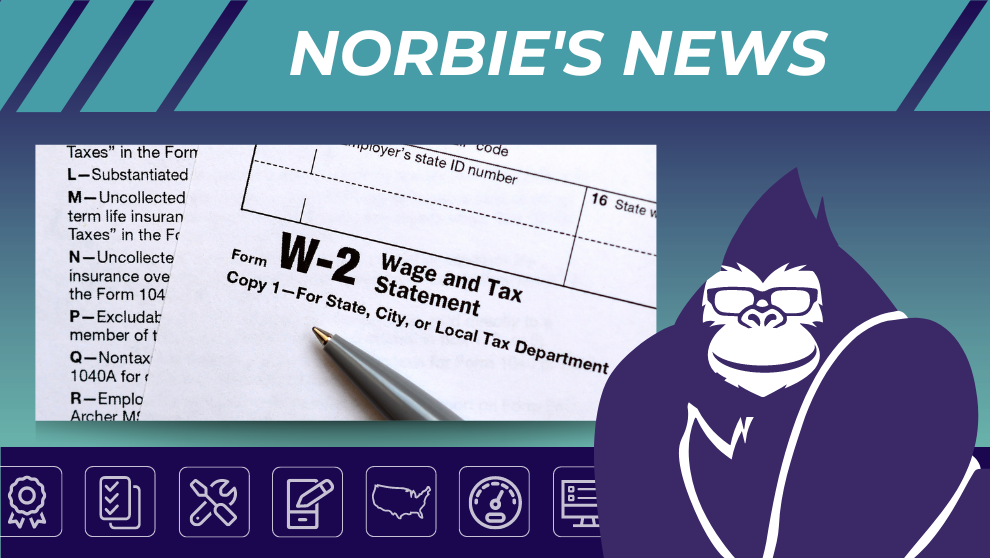
Microbusinesses, Major Risks, and Underserved Coverage Gaps
SHARE STORY
By Sara Bankert, Vice President
The American business landscape has undergone a significant transformation, with microbusinesses—typically defined as enterprises with fewer than 10 employees, often operated by a single individual—emerging as a vital component of the economy. These include solo entrepreneurs, gig workers, online creators, and mobile service providers. According to the U.S. Small Business Administration, in a 2024 report, they note that there are approximately 34.8 million small businesses in the U.S., making up 99.9% of all U.S. businesses. Notably, about 81.9% of these are non-employer firms, highlighting the prevalence of microbusinesses in the current economic landscape.
Yet for all their momentum, many of these businesses operate without the insurance protection they may need. Whether due to limited resources, a lack of awareness, or the belief that coverage isn’t necessary for “something small,” these gaps can leave microbusinesses vulnerable to risks they haven’t anticipated. As the solo business model grows, so does the importance of understanding where it may be most exposed.
Who Are Today’s Microbusiness Owners?
Microbusinesses encompass a diverse range of individuals who have transformed their skills and passions into entrepreneurial ventures. This segment includes freelancers, home-based sellers, mobile professionals, and digital content creators. According to a statistics report presented by Sci-Tech Today, in 2024, the United States was home to an estimated 76.4 million freelancers, reflecting a significant portion of the workforce operating independently.
Cargo Theft and Damage
- Freelancers in Tech, Design, Finance, and Marketing: A significant portion of the workforce now operates independently, offering specialized services across various industries.
- Home-Based Product Sellers (e.g., Etsy, Shopify): Platforms like Etsy have empowered individuals to sell handmade and unique products from their homes.
- Mobile Professionals: Service providers such as handypersons, estheticians, and pet care specialists often operate on the go, bringing their services directly to clients.
- Content Creators and Digital Service Providers: The creator economy has rapidly expanded, with individuals producing content across platforms like YouTube, TikTok, and Instagram.
Why They’re Often Uninsured
- Lack of Awareness: Many microbusiness owners are unaware of the specific insurance needs associated with their operations.
- Informal Business Structures: Operating without formal registration or as sole proprietors can lead to misconceptions about insurance requirements.
- Misconceptions About Coverage: Many people believe that personal insurance policies, such as homeowner's or renter's insurance, cover business activities conducted from home.
- Cost Sensitivity: Budget constraints or the perception that insurance is unaffordable can deter microbusiness owners from seeking appropriate coverage.
Understanding the diverse profiles and challenges of microbusiness owners is crucial. As this segment grows, addressing their unique insurance needs becomes increasingly important.
What Risks Do They Face?
While agile and innovative, microbusinesses often operate without the safety net of comprehensive insurance coverage. This oversight can expose them to significant financial and operational risks, especially as their work increasingly involves digital transactions, mobile operations, or client-facing services. Only 17% of small businesses have cyber insurance, and 64% are unfamiliar with such coverage, according to a 2025 report by Astra Security.
Common Exposure Points
- Professional Liability: Microbusinesses offering specialized services—such as consulting, design, or financial advice—face risks if errors or omissions occur. For instance, a freelance consultant providing inaccurate financial projections could be held liable for client losses.
- General Liability: Accidental injuries or property damage during business operations can lead to costly claims. A mobile pet groomer, for example, might be responsible if a pet is injured during grooming or if property is damaged during a home visit.
- Cyber Risk: Handling client data and online transactions exposes microbusinesses to cyber threats. In 2024, 88% of small business owners reported feeling vulnerable to a cyberattack, highlighting the prevalence of this risk.
- Property Loss: Equipment theft, fire, or damage—especially in shared or home workspaces—can disrupt operations. For instance, a home-based artisan losing specialized tools to theft may face significant downtime and replacement costs.
Coverage Gaps in Action
Here are some potential examples of scenarios that underscore the importance of adequate coverage:
- A freelance graphic designer delivers a logo that inadvertently infringes on a trademark, leading to legal action.
- A mobile massage therapist accidentally causes injury to a client, resulting in medical expenses and potential lawsuits.
- An online retailer's website is compromised, exposing customer data and leading to reputational damage and regulatory fines.
- A home-based baker experiences a kitchen fire, destroying equipment and halting business operations.
These examples illustrate how everyday business activities can lead to unforeseen liabilities. Recognizing and addressing these risks becomes essential for sustainable growth as microbusinesses evolve.
Why This Matters for Agents
The microbusiness segment is expanding rapidly, encompassing a diverse array of freelancers, gig workers, and solo entrepreneurs. Despite their growth, many of these business owners lack adequate insurance coverage, often due to misconceptions about their risk exposure or the belief that insurance is unnecessary for their operations.
This gap presents a significant opportunity for insurance agents to engage with an underserved market. According to the Microinsurance Network's 2024 report, only 12% of the estimated 3 billion people who could benefit from microinsurance are currently covered, highlighting a substantial protection gap.
Market Opportunity & Mindset Shift
- Perception of Risk: Many microbusiness owners underestimate their vulnerability to potential liabilities, only recognizing the need for insurance after experiencing a loss.
- Untapped Client Base: This demographic represents a scalable niche for agents, with tailored Business Owner's Policies (BOPs) and professional liability options that cater to their specific needs.
- Simplified Solutions: Insurers are responding with streamlined quoting processes and industry-specific endorsements, making it easier to provide customized coverage for microbusinesses.
Relevant Trends
- Rise of Independent Contractors: The gig economy continues to grow, with a significant increase in independent contractors across various sectors. This shift necessitates a reevaluation of traditional insurance offerings to accommodate non-traditional work arrangements.
- Regulatory Changes: New regulations and contractual requirements are emerging, often mandating proof of insurance even for solo operations. Staying informed about these changes is crucial for anyone writing within this line of business.
- Platform Requirements: Digital platforms increasingly require liability policies for users to access gig opportunities, highlighting the growing importance of insurance in the digital marketplace.
As the work landscape continues to evolve, insurance agents have a pivotal role in bridging the coverage gap for micro businesses.
By understanding this segment's unique challenges and needs, agents can offer solutions that provide protection and support the growth and sustainability of these enterprises. The global microinsurance market is projected to grow at a compound annual growth rate (CAGR) of over 6.5% from 2024 to 2032, driven by increasing awareness and the need for financial protection among low-income individuals and small businesses.
Approximately 34.8 million small businesses in the U.S., making up 99.9% of all U.S. businesses.
Conclusion
Microbusinesses have become a vital force in today’s economy, driven by creators, contractors, and entrepreneurs redefining what it means to run a business. Yet despite their momentum, many remain vulnerable due to outdated assumptions about risk and a widespread lack of awareness around insurance needs.
As business models evolve, so does the definition of who may need protection. By recognizing this segment's unique challenges, the insurance industry is better positioned to respond to an increasingly independent and diverse workforce.
Sara Bankert is a Vice President of Transportation of Builders & Tradesmen's Insurance Services, Inc., an Amynta Group Company.
Builders & Tradesmen’s Insurance Services Inc.
BTIS is committed to providing robust, individualized products and the highest level of service. Our easy-to-use commercial insurance platform, educational tools, and helpful underwriters make it simple for producers to diversify their books of business by expanding their product portfolios.
Part of the Amynta Group, BTIS is a nationwide insurance intermediary with a small-business attitude. We believe in building solid relationships through communication and a genuine concern for the success of our retail broker clients and the policyholders they serve.
For additional information, visit www.btisinc.com or call (877) 649-6682


